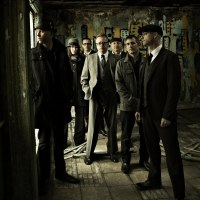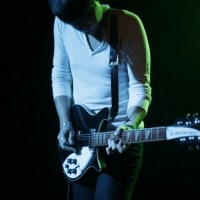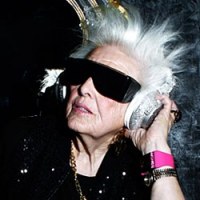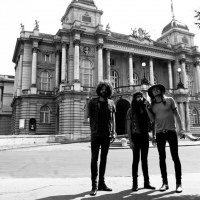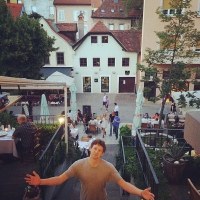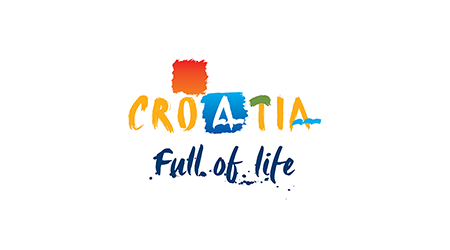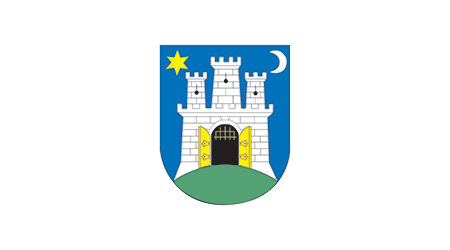Nikola Šubić Zrinski Square
In a city that has more than its fair share of green squares, Zrinjevac is arguably the best loved of them all.
It’s certainly hard to imagine that this neat quadrangle of flowerbeds was until the late 19th century a meadow where cattle markets took place. It was subsequently transformed into an elegant promenade with plane trees imported from Trieste, a wroughtiron bandstand, fountains and busts of notable figures. The square gets its name from Nikola Šubić Zrinski (1508 – 1566), the Croatian Ban who died during the heroic defence of Szigetvar, a Hungarian fortress besieged by the Ottoman Turks. Zrinjevac is the northernmost square of “Lenuci’s Horseshoe”, a line of eight green spaces laid out by municipal engineer Milan Lenuci in the 19th century. An outdoor gallery of 19th and 20thcentury urban culture is a convenient starting point for a walking tour of the Lower Town.
Since 1884 weather conditions have been recorded on the meteorological pole here. It was a present to the city of Zagreb by Adolf Holzer, a physician. You can stand next to the marble post and check the temperature and air pressure and coordinate your watch with a 24-hour dial. In the 19th century numerous wealthy citizens donated valuable public facilities to the city, among them the nearby bandstand.
The first fountain in Zagreb was built shortly after the opening of the Zagreb waterworks in 1878. It was designed by architect Herman Bollé and serves as a great place to find refreshment during hot summer days. Because of its swelling, organic shape the fountain is popularly known as “The Mushroom”.
Housed in the Vranyczany-Hafner Palace, the Archeological Museum boasts a varied collection of 400,000 artefacts in five main collections. The most enigmatic item on display is the Liber linteus Zagrabiensis or Zagreb Flax Book, a long strip of linen that was used to wrap the mummified body of an Egyptian tailor’s wife. The cloth was decorated with an Etruscan liturgical calendar, and is the longest preserved text in Etruscan, a language that still hasn’t been completely deciphered. The most charming “tenant”of the museum is the unhappy Plautilla, a 2nd century find of Salona (an ancient city near Split) whose statue is considered one of the best examples of portraiture in Roman sculpture. Croatia’s most famous archeological find is the Vučdol Dove (“Vučedolska golubica”), a clay vessel in the shape of a bird that was probably used in religious rituals some 3,000 years before Christ.
The Croatian Academy of Arts and Sciences the highest institution devoted to science and art in Croatia, is housed in a Neo-Renaissance palace that was built exactly for this purpose in 1880. Towards the back of the entrance hall is the Baška Tablet, one of the oldest stone inscriptions written in the Croatian language. Dating from the turn of the 12th century, the inscription is written in Glagolitic, the highly decorative script used in Croatia before Roman letters became more widespread. Upstairs is the Strossmayer Gallery of Old Masters, displaying works of art from the 15th to the 19th century. Based on the private collection of the Academy’s founder, Bishop J. J. Strossmayer, the gallery includes works attributed to Tintoretto, Veronese, El Greco and many more. One should not miss the unforgettable Baroque painting “Abraham sacrifices Isaac” by Federiko Benković.
The 19th century palace standing opposite to the Academy is home to the Gallery of Modern Art, which covers Croatian visual arts of the 19th and 20th centuries. Two centuries of Croatian paintings and sculptures are presented through the works of the most significant Croatian artists. Works are exhibited chronologically, beginning with the Croatian historical subjects painted by pre-World War I artists such as Oton Iveković and Vlaho Bukovac. The display continues with the mysterious symbolism of Croatian Art Nouveau artists and the poetic soft shades of the painter Emanuel Vidović. Early 20th century works by Kraljević, Račić and Becić reflect the turmoil of European modernism. The gallery also includes a selection of works by contemporary Croatian artists.
 Hrvatski
Hrvatski English
English Deutsch
Deutsch Spanish
Spanish French
French Italian
Italian Russian
Russian Korean
Korean Japanese
Japanese Chinese
Chinese

















